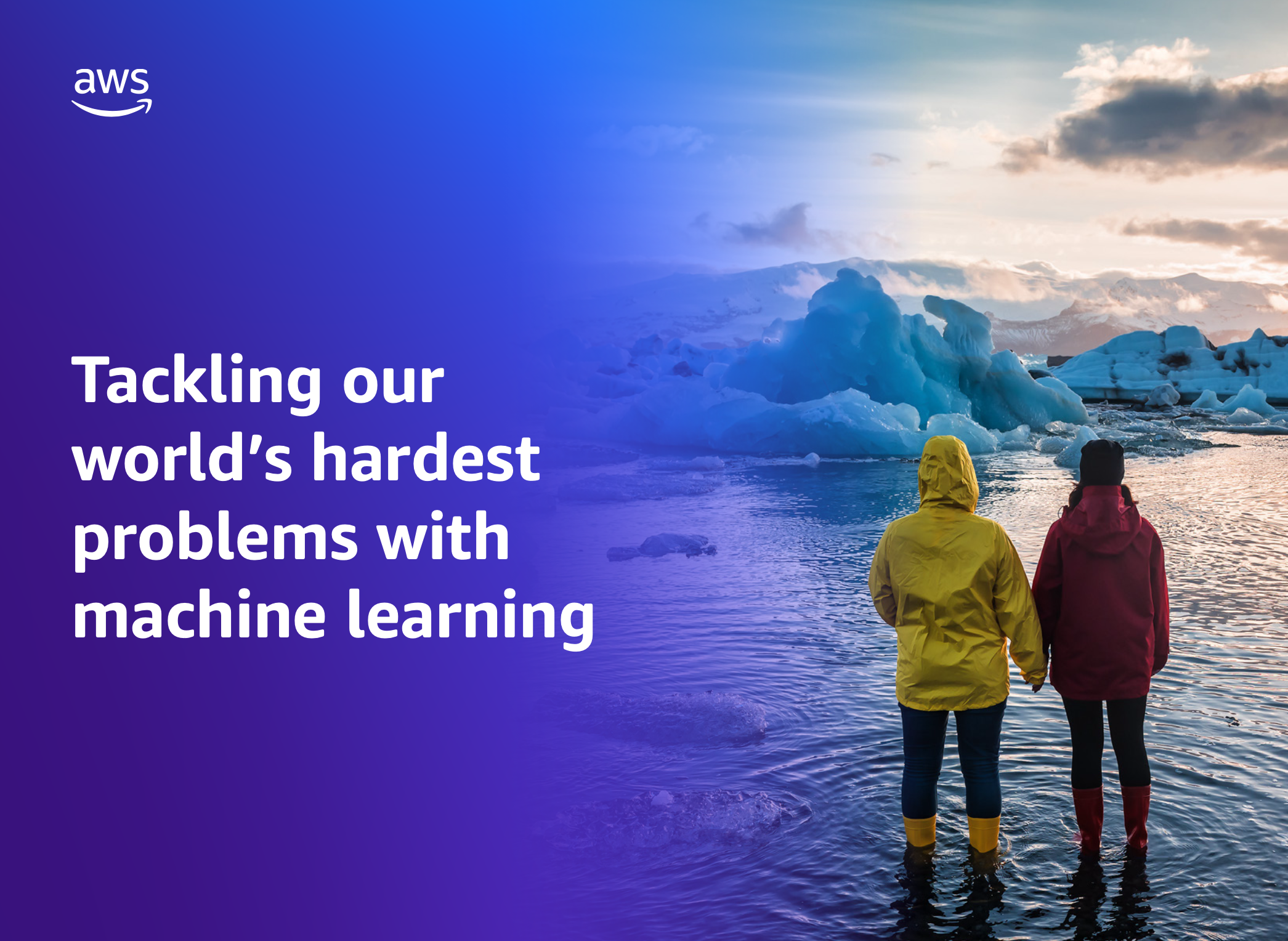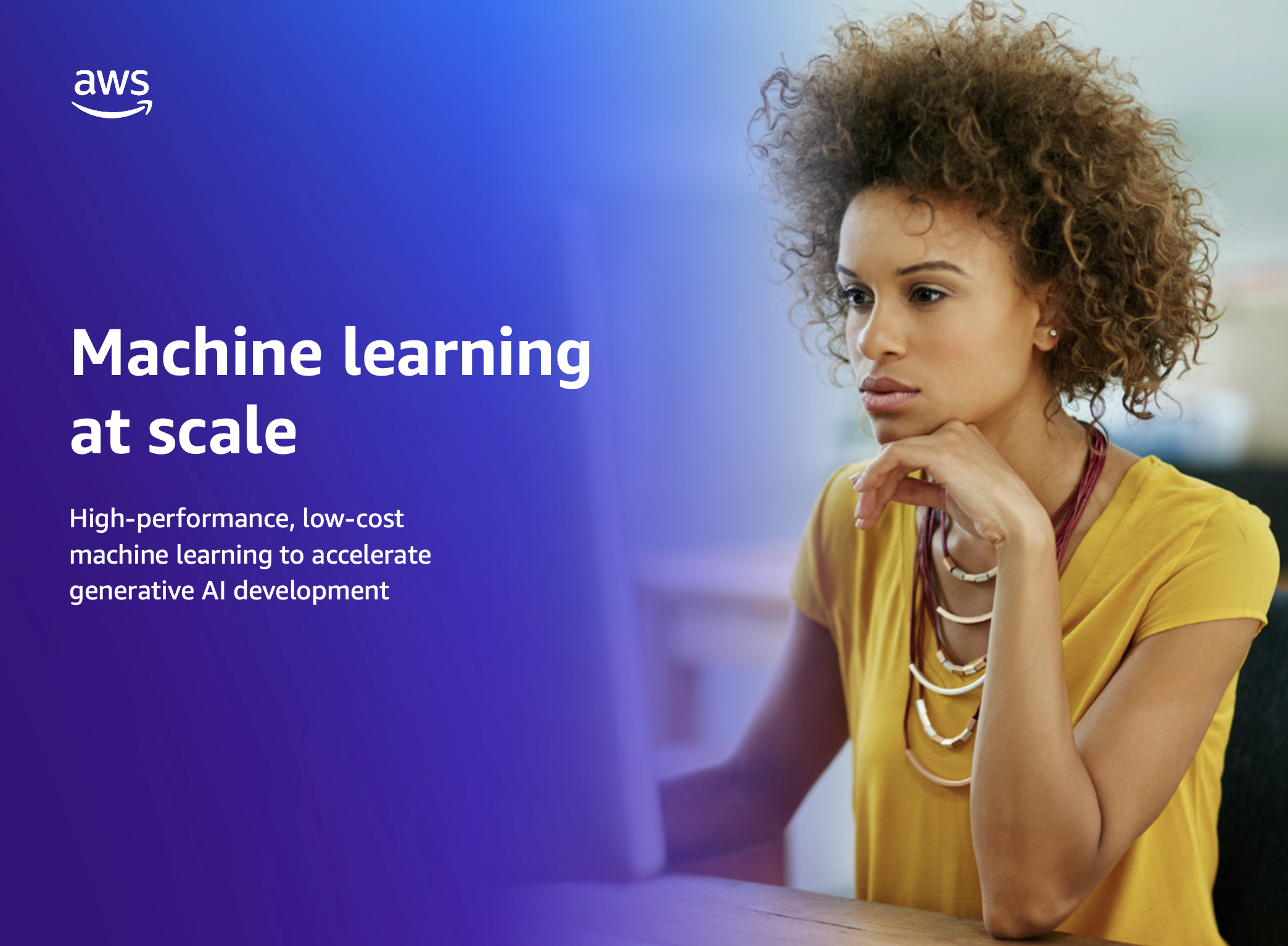


Tackling our world’s hardest problems with machine learning
Machine learning (ML) has graduated from the realm of science fiction to become a core, transformative technology for organizations across industries and categories. The unique potential and power of ML are sparking significant innovation, powering the ideas that are improving lives and protecting our planet right now. With ML, organizations are making inroads toward protecting and supporting our veterans, finding homes for homeless people, understanding climate change, improving health outcomes, and more. But this is just the beginning. The technology is ripe, and it now has the ability to provide new and significant solutions for some of the world’s biggest challenges. More than a hundred thousand companies and organizations worldwide have turned to Amazon Web Services (AWS) for ML—to help track disease outbreaks worldwide, find new ways to treat cancer, and more. However, access to ML, a new technology to so many of these organizations, can often come with a skills and technology deficit. That’s where AWS steps in, partnering with innovators to bridge the gap and bring pioneering solutions that can help tackle our most urgent and important challenges.
Whitepaper Machine Learning

